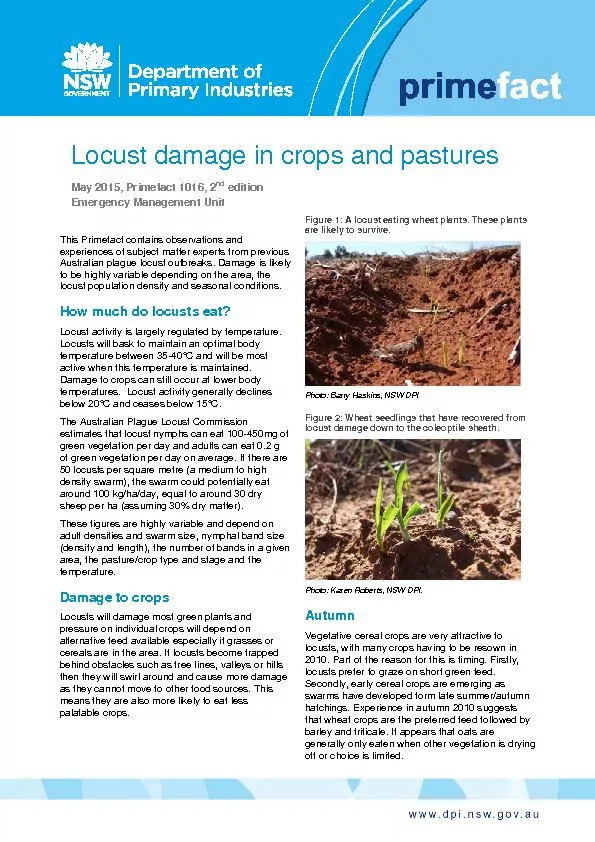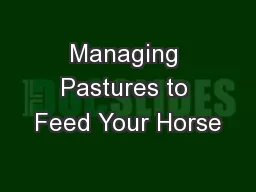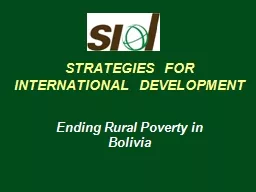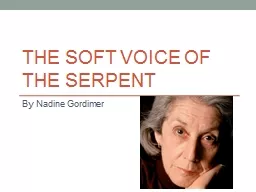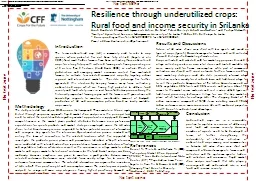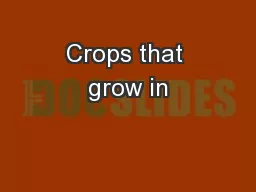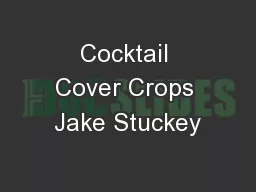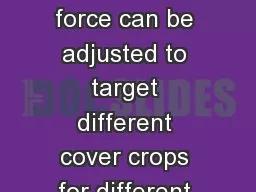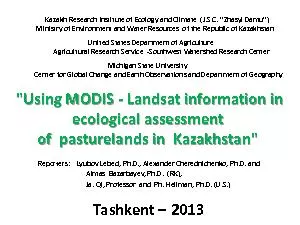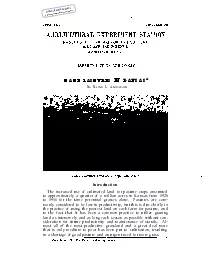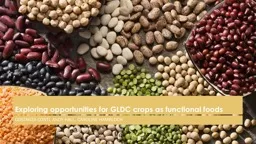PDF-Locust damage in crops and pastures
Author : giovanna-bartolotta | Published Date : 2016-06-22
Frequently asked questionsShould I delay sowingMonitor forecast temperatures As locust activity diminishes below 20
Presentation Embed Code
Download Presentation
Download Presentation The PPT/PDF document "Locust damage in crops and pastures" is the property of its rightful owner. Permission is granted to download and print the materials on this website for personal, non-commercial use only, and to display it on your personal computer provided you do not modify the materials and that you retain all copyright notices contained in the materials. By downloading content from our website, you accept the terms of this agreement.
Locust damage in crops and pastures: Transcript
Download Rules Of Document
"Locust damage in crops and pastures"The content belongs to its owner. You may download and print it for personal use, without modification, and keep all copyright notices. By downloading, you agree to these terms.
Related Documents

